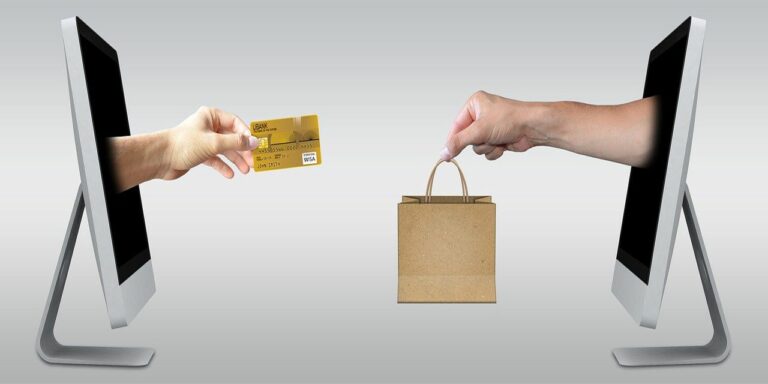
By default it is already activated, but if you set it to "Never", the Back Order prompt will not be displayed and no quantities will be placed on back order.

This prompt is controlled by the Default response to backorder prompt User-level profile setting in EXO Business Config. If you choose not to back order, the shortfall quantity will show as negative stock for the stock item, and the Sales Order can be processed. Backordering is a common tactic in retail that helps you retain customers, outclass your competitors, and build hype. Note: The Check available stock for sales orders profile setting affects the checks that determine when this window appears. When you supply a Sales Order with insufficient stock to supply a line, the Stock Shortage window is displayed, asking if you want to back order the shortfall quantity: (If you have the MYOB EXO Business Configurator, you can turn this setting off by changing the Enforce constraint of sales order quantity and release quantity Company-level profile setting.) Communicate Openly with Your Fulfillment Partners. To use a simple example, if you have a Sales Order of 10 of an item, but want to only supply 5 of the 10, to ration out the shipment of the item you have just received, 5 will have a status of Back order, to be supplied at a future date, and 5 will have a status of Release, to part-supply the Sales Order. To avoid any hiccups in your supply chain with backorders, follow these steps: 1. Adjust the Back Order quantity to what you require, and the Release quantity is automatically adjusted. the Back Order quantity is separate from the Release quantity. The sum of the Release and Back Order quantities equal the Sales Order quantity, i.e. The Release quantity is the quantity of an undelivered stock item that remains "allocated" to a Sales Order. In MYOB EXO Business, in addition to the status of Back Order, there is also the status of Release. However, you may also want to ration your available quantity of a stock item across a number of Sales Orders, to ensure each Sales Order at least is partly supplied.


Intuit accepts no responsibility for the accuracy, legality, or content on these sites.Back Orders typically occur when a stock item is out of stock, so the order quantity is recorded as a Back Order, to be supplied when you receive more quantity of the stock item. Intuit does not endorse or approve these products and services, or the opinions of these corporations or organizations or individuals. We provide third-party links as a convenience and for informational purposes only. Readers should verify statements before relying on them.

#BACK ORDERS FREE#
does not warrant that the material contained herein will continue to be accurate nor that it is completely free of errors when published. Accordingly, the information provided should not be relied upon as a substitute for independent research. does not have any responsibility for updating or revising any information presented herein. No assurance is given that the information is comprehensive in its coverage or that it is suitable in dealing with a customer’s particular situation. Applicable laws may vary by state or locality. Additional information and exceptions may apply. This content is for information purposes only and should not be considered legal, accounting, or tax advice, or a substitute for obtaining such advice specific to your business.


 0 kommentar(er)
0 kommentar(er)
